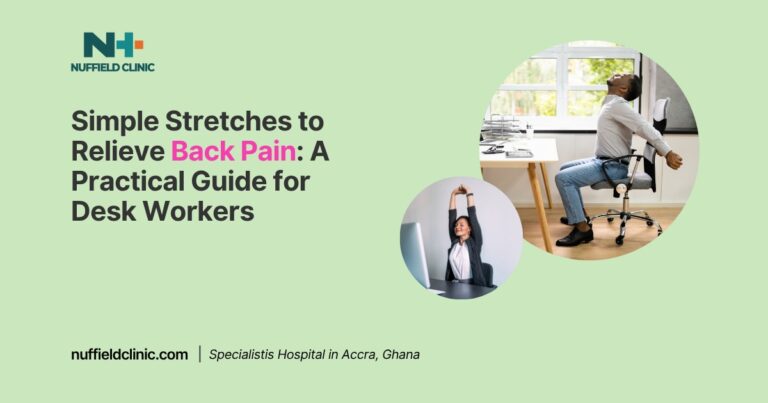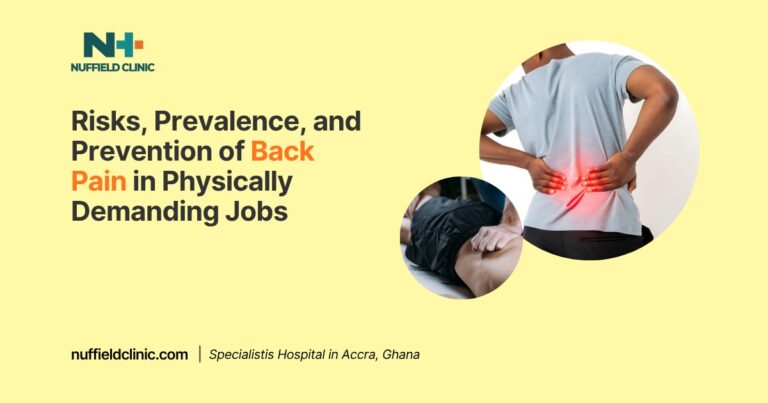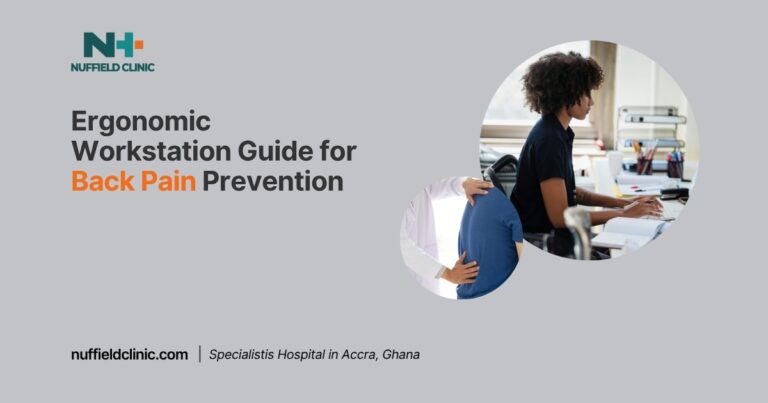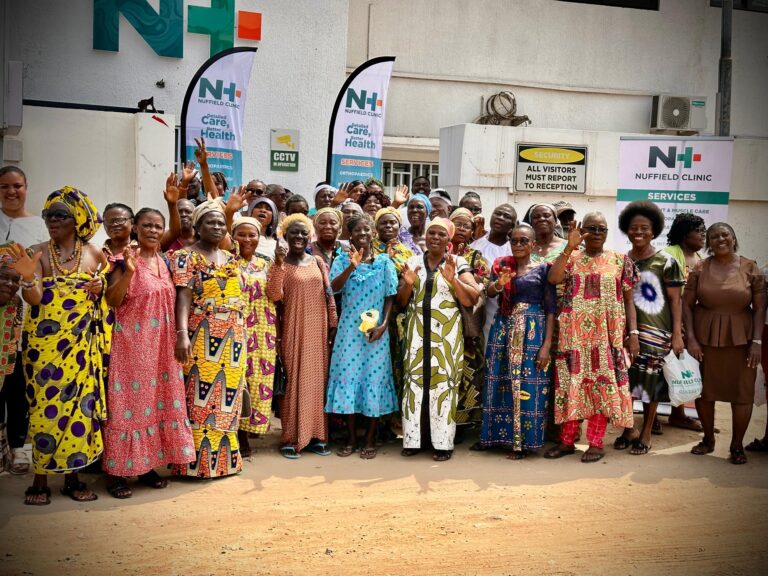Why Orthopaedic Surgeons work hand-in-hand with Rheumatologists in Juvenile Arthritis care
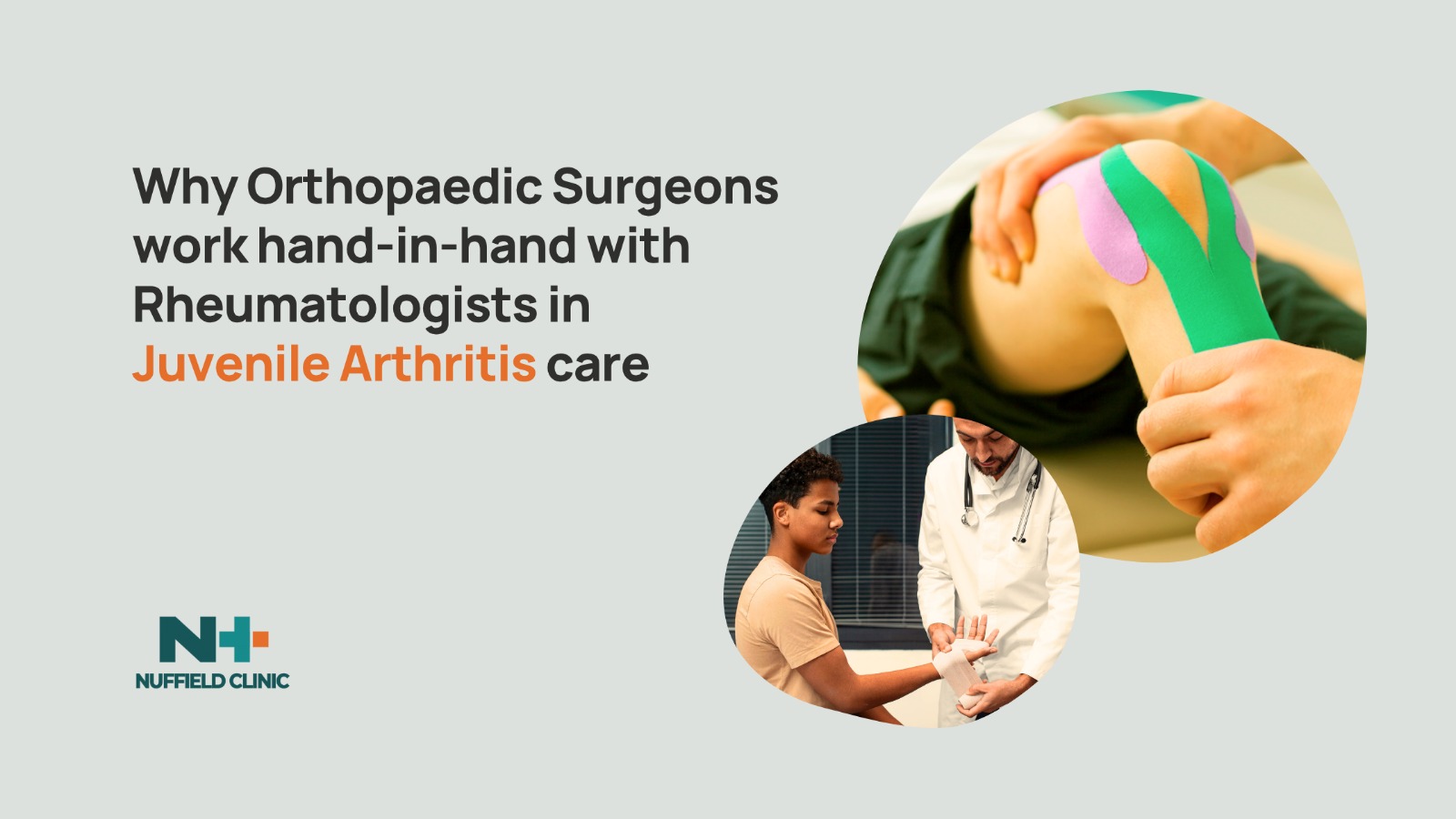
Let’s look at why Orthopaedic Surgeons work hand-in-hand with Rheumatologists in cases of Arthritis in children. When a child is diagnosed with juvenile arthritis, families often enter a world of new terms, unfamiliar specialists, and complex treatment paths. One of the most important aspects of managing this condition is the collaboration between two key specialists: the pediatric rheumatologist and the orthopaedic surgeon. Together, they form a care team that addresses both the underlying disease and its impact on the body.
Juvenile Idiopathic Arthritis (JIA) is not simply joint pain. It is an autoimmune disease, meaning the child’s immune system mistakenly targets the body’s own healthy tissues. This triggers inflammation in the joints, which can lead to swelling, stiffness, and pain. But the effects do not stop there. JIA can also influence bone growth, eye health, organ function, and overall development. Managing this wide-ranging condition requires a shared effort between medical and surgical specialists.
The Role of the Pediatric Rheumatologist
A pediatric rheumatologist is a doctor who focuses on diagnosing and treating autoimmune diseases and inflammatory conditions affecting the joints, muscles, and connective tissues in children. In the case of JIA, the rheumatologist usually leads the initial management, using medications to control inflammation and slow disease progression. These might include anti-inflammatory drugs, immune modulators, and newer biologic therapies. The rheumatologist monitors disease activity, checks for complications like eye inflammation (uveitis), and ensures the child is responding well to treatment.
The Role of the Orthopaedic Surgeon
While JIA is primarily a medical condition, it has physical consequences that sometimes require surgical expertise. An orthopaedic surgeon specialises in treating problems with bones, joints, and the musculoskeletal system. This includes addressing structural issues that result from long-term inflammation or altered growth patterns. Even when surgery is not needed, the orthopaedic surgeon contributes valuable insight through imaging interpretation, joint assessments, and the monitoring of musculoskeletal complications.
Why Collaboration Matters
This multidisciplinary care model helps families in many ways. Diagnosing JIA can involve both clinical and imaging-based assessments. While the rheumatologist gathers history, performs physical exams, and reviews lab results, the orthopaedic surgeon may provide insight into joint alignment, growth plate status, or early structural changes seen on MRI or bone scans.
Inflammation over time can damage joints and surrounding tissues. In more severe or delayed cases, children may develop joint contractures, where tendons or muscles shorten and limit joint motion. If these complications do not respond to therapy, surgical intervention may be needed to restore movement or correct deformities. Early involvement from orthopaedic specialists helps prevent such outcomes by closely monitoring joint function and development.
JIA can also disrupt normal growth. A leg or arm may grow faster or slower than the other, depending on which joints are affected and how active the disease is. This creates differences in limb length that may cause imbalance or pain. Orthopaedic teams track these changes and can intervene if the differences become significant.
In some situations, children with JIA may present with hip pain, groin discomfort, or limping that points to other orthopaedic conditions. Slipped Capital Femoral Epiphysis (SCFE) is one such condition. It occurs when the top part of the thighbone slips at the growth plate, a problem that requires prompt surgical care to avoid permanent hip damage. Similarly, Legg-Calvé-Perthes Disease involves a temporary loss of blood supply to the hip joint, which can lead to deformity if not treated. These conditions may mimic arthritis or even coexist with it, and only a full orthopaedic evaluation can clarify the picture.
Some emergencies cross both specialities. Septic arthritis, an infection inside the joint, can look similar to an autoimmune flare at first. But this condition advances rapidly and can destroy a joint within days if not drained surgically. In such cases, the orthopaedic surgeon manages the urgent infection while the rheumatologist continues to support the child’s long-term care.
Preventing Long-Term Impact
Perhaps the most important reason for collaboration is to prevent long-term disability. Early diagnosis and coordinated care can stop inflammation from permanently damaging joints. Physical therapy, guided by both rheumatologic and orthopaedic input, helps children maintain movement, build strength, and avoid stiffness. When both specialities are involved from the beginning, children are more likely to stay active and independent.
Families navigating juvenile arthritis benefit from this combined expertise. The rheumatologist controls the disease process, while the orthopaedic surgeon monitors and manages the physical effects on the body. Together, they help children live as fully and freely as possible.
If your child is experiencing joint pain, swelling, or difficulty moving, book a consultation with a specialist at Nuffield Clinic today.


